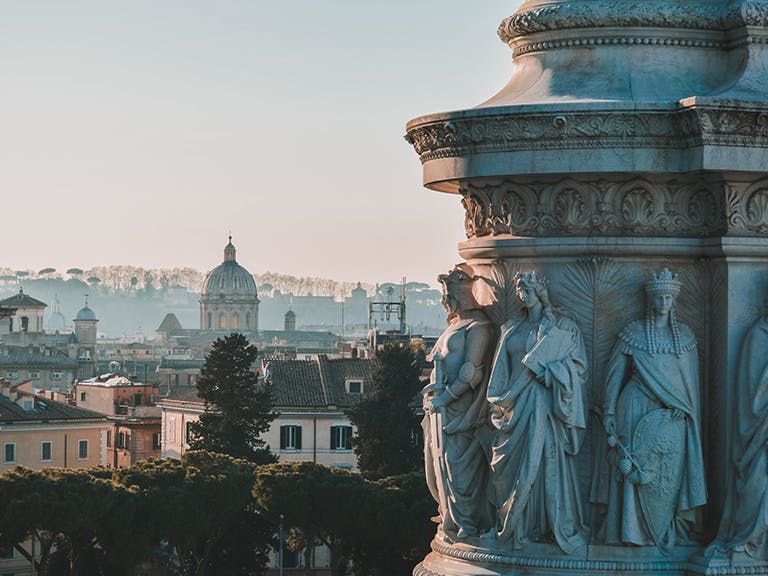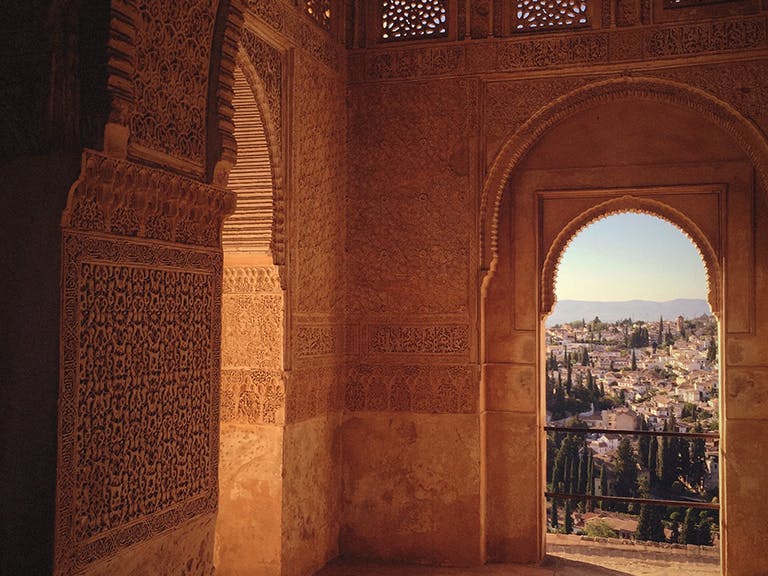PRESERVING THE CANVAS
In conversation with art historian Dr Giulia Martina Weston
7 minute read
Italian-born Dr. Giulia Martina Weston is a celebrated art historian, independent curator and advisor. We caught up with her to talk about discovering her passion for Renaissance and Early Modern art and what travel means to her.
Lecturer at both The Courtauld Institute of Art and the Sotheby's Institute of Art, Weston is challenging the conversations around women in art.
After receiving her PhD from The Courtauld in London, Weston has had celebrated published work on Renaissance and Early Modern art, including A tale of two cities; Rome and Siena in the Early Modern period (2020).
We caught up with Weston to talk about where she found her passion for art history, learn more about the life of an art historian, what travel means to her, and the places she finds tranquility.
Q: Tell us about your career so far.
Dr Giulia Martina Weston (GMW): Over the past decade, I've been an Associate Lecturer of The Courtauld Institute of Art and a Lecturer of Sotheby's Institute of Art, teaching in the field of Renaissance and Baroque art, and European Old Master Painting. More recently, I have acted as an independent art consultant, curator and studio manager. Earlier this year, I was appointed Director of the newly-established Athenaeum Comelianum of the Fondazione Comel in Pisa, an international research centre dedicated to the histories of art and literature.
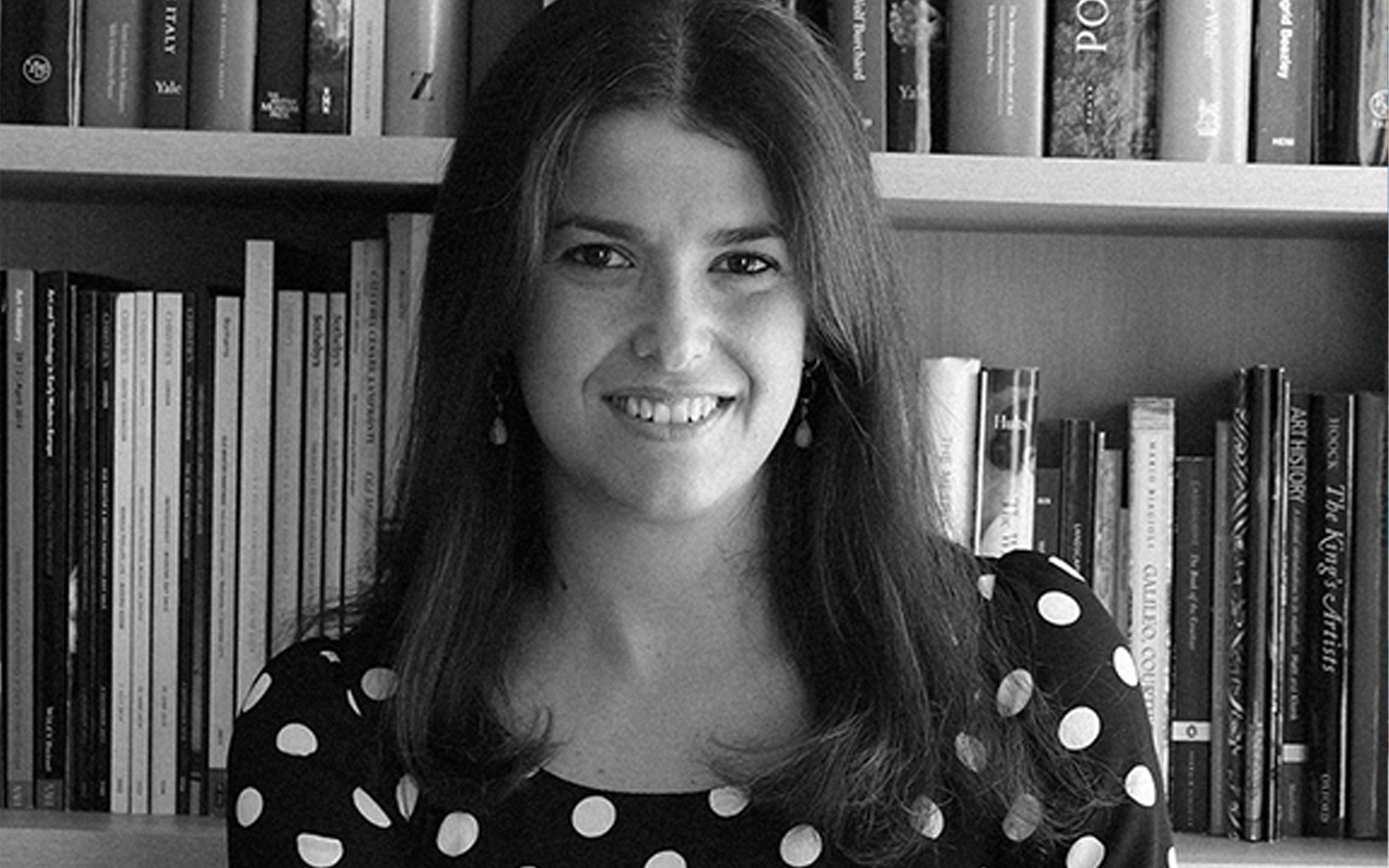
Q: How would you describe the subject of your work?
GMW: My work on the Italian Baroque pursues two main research strands: the oeuvre and career of the 17th century women artists; and the practice and aesthetics of technical experiments across media. From both ends, I aim to reconstruct painters' artistic identity, as well as their astonishing strategies of self-promotion and self-fashioning.
For example, Neapolitan artist Salvator Rosa exploited a variety of surfaces, including canvas, wood, copper, slate and lapis lazuli, to find a perfect match for his ingenious philosophical subjects and wild landscapes. Likewise, Genoese master Giovanni Benedetto Castiglione stands out as a pioneer in the application of oil on unprepared paper and the inventor of monotype printmaking. During the Baroque, this search for unprecedented techniques was meant to attract new patrons and collectors by creating a sense of wonder. It's in the very materiality of these artworks that we find evidence of painters' strategies of self-promotion and self-fashioning.
Q: Where are you based?
GMW: After 12 years, I've moved back to my hometown, Rome. I realise that my love for the Eternal City and its uncontrived magnificence has increased over time. My favourite pastime is to stroll through the labyrinth of water-facing streets. Whenever I have a chance, I visit the Borghese Gallery and the Centrale Montemartini, or I explore the neighbourhoods of Coppede and Garbatella.
Q: Where did you find your passion for Renaissance and Early Modern art?
GMW: I should point the finger towards my family for this contagious passion. During my youth, I travelled extensively with my father, a former Librarian of the Vatican Library and an art lover. It's in his company that I discovered the masterpieces of Leonardo da Vinci, Raffaello Sanzio and Tiziano Vecellio, but also the charm of lesser-known artists like Amico Aspertini and Cosme Tura.
Our shared passion for Renaissance and Early Modern art first brought me to cities I have loved since: London, Paris and Bologna, among many others. As a lecturer, it's now my duty and great honour to instill the same passion in my students, encouraging them to work hard while remaining deeply curious.
The Universe on Paper, The Art of Linda Karshan, curated by Dr Giulia Martina Weston. Pisa, Domus Comedian, October 2022.
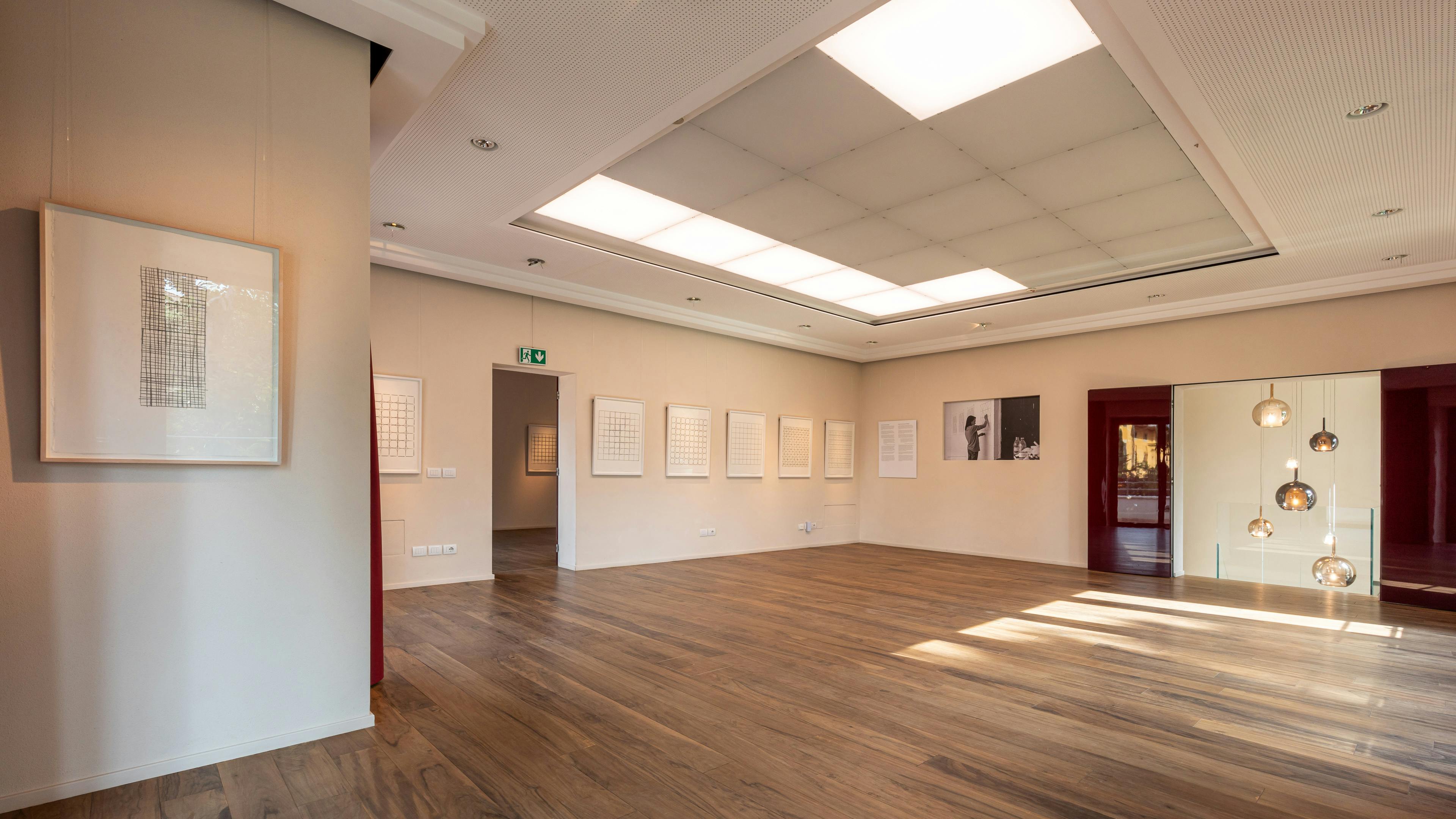
"MY FATHER WAS A LIBRARIAN AT THE VATICAN LIBRARY AND IT WAS OUR SHARED PASSION FOR EARLY MODERN ART WHICH FIRST BROUGHT ME TO CITIES I HAVE LOVED SINCE."
DR. GIULIA MARTINA WESTON
Q: Where do you find tranquility between research and lectures?
GMW: Quiet moments are very few, and they are all for my children, Isabella and Giulio. We enjoy outdoor sports, gardening and to travel. Our next getaway is to Bologna - the unofficial foodie capital of Italy.
Q: At The Luminaire we believe in the power of travel to nurture personal growth - why is this important to you?
GMW: Travelling is tremendously enriching, yet an intensely personal experience. When I travel, I surrender to the overwhelming power of beauty found in discovering a new landscape, while being reminded of what matters to me most.
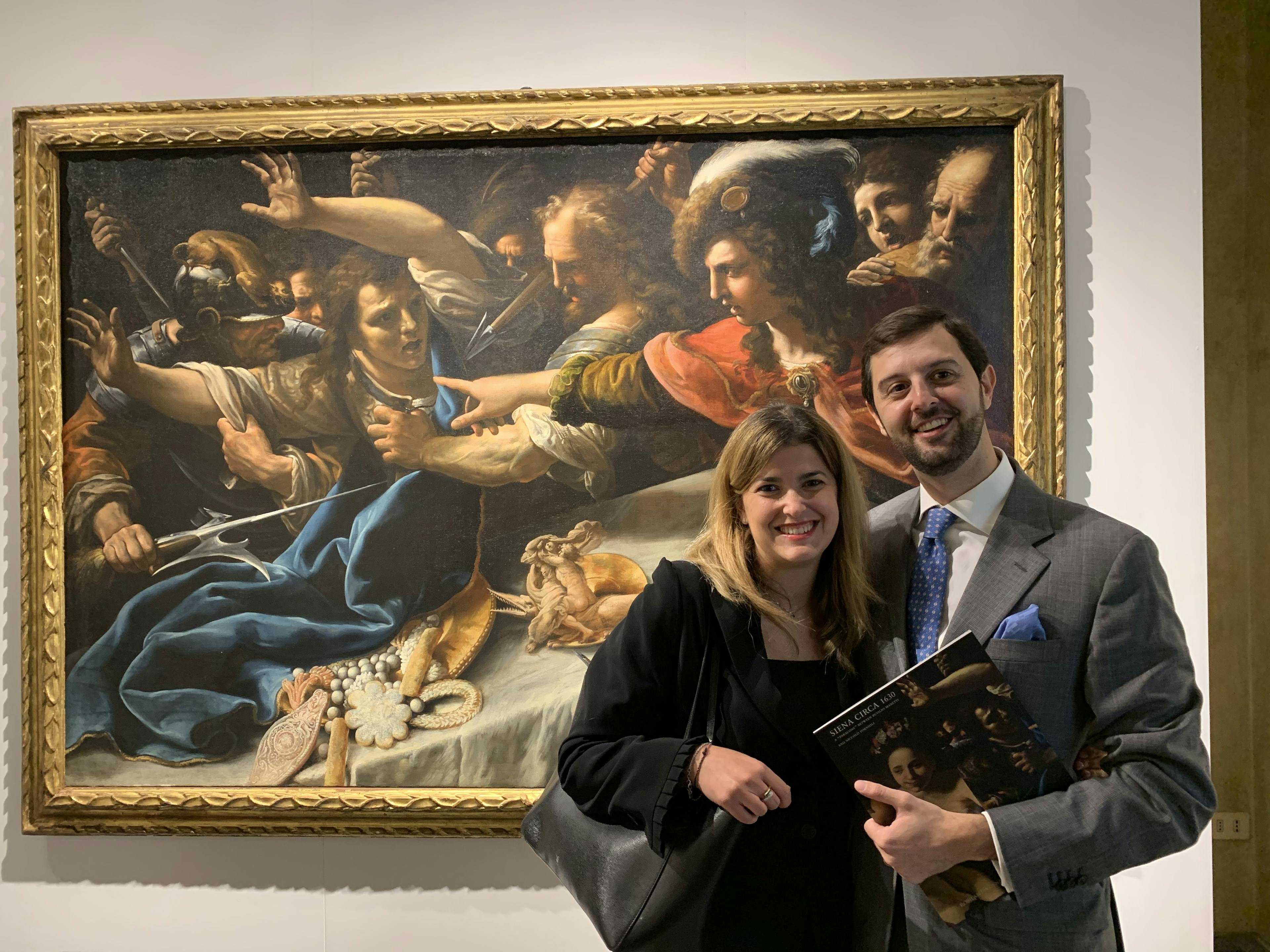
JOURNEY
ECHOES OF THE SACRED CITY
From the Vatican City's sacred marvels to the enchanting streets of Trastevere, and the Baroque splendours of Piazza Navona, experience the timeless allure of Rome.
